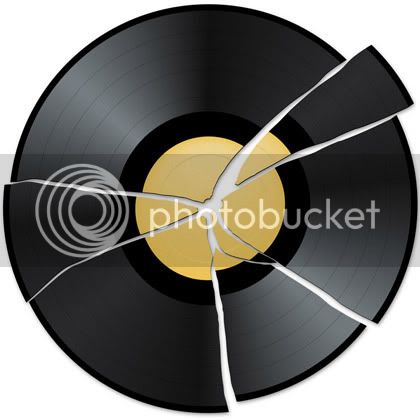ED65":rapd90i6 said:
Some related reading I just unearthed while looking for a particular post referenced elsewhere.
Thread from here from 2005:
What's all this bevel up stuff anyway?
More from Chris Schwarz, July 2012:
More Experiments with Chipbreakers
Thanks for those links. The first one has a bit of incidental contact in it. I read through it all, and it appears that there is some favor for heavy shavings in it. If I missed others, let me know.
The second one was post forum discussion, which occurred in about march/april 2012.
It did result in me (after writing an article, which I'm not claiming by any means to be something spectacular, just an article to describe how to functionally set the cap) getting PMs from people offering to put me in contact with Chris Schwarz so that I could "understand it better" because "he could probably help".
Ivan's description in 2009, however, was perfection.
I vaguely recall when I first got into this hobby, Larry, Derek and Warren (on another forum) in constant roundabouts about various things. I believe that was 2005 or 2006. Larry argued with such vigor I figured he must be correct (the discussions were much more heated than this thread). Except since starting to make double iron wooden planes, I've proved his assertions incorrect (which will surprise nobody, but again, in the states, there is not much out there - especially about making a good double iron plane).
It was a first taste into problems that you didn't know were problems until someone else said they were (e.g., the "long wear bevel" that's so hard to remove on a bevel up plane - one that's not that hard in practice to remove, and I was using planes of that type back then).
The regret I have in discussions of this type (where there are obviously knowledgeable folks on here) is that when they get heated, we actually learn things because people who wouldn't otherwise post are motivated to do so out of anger. It is like the cap iron question I have here, in ten years of posts on this site, we have one conclusive mention of the cap iron before 2012 (that is accurate) in friendly discussion, and then scads of recent posts because people have their hackles raised.
I am one half drawing heat like a heel wrestler on purpose, but one half also honest about being a bit annoyed that nobody did much to accurately describe a very useful (and free) thing that makes a stock plane work superbly. Every time I see suggestions now about "improvements" over a stanley plane, something that the makers and retailers of the ECE planes readily declare - that they've overcome all of the shortcomings of a stanley plane - when functionally they have come up short of lord stanley in actual use. Well, the improvement is in user function, not plane function, and it didn't get enough press. Regardless of how many people can point to texts that said something about it beforehand. Warren gets the award for pointing to the earliest texts - something he has been doing for a decade.
Until the next fun discussion comes up - thanks for humoring me and others on this one.


































